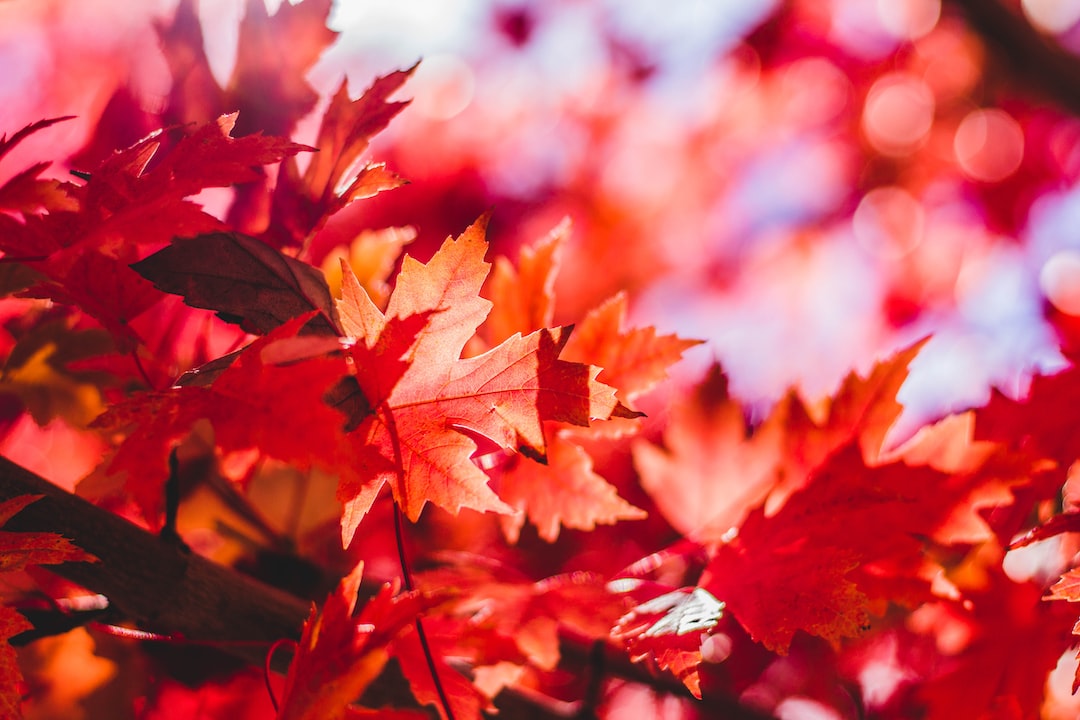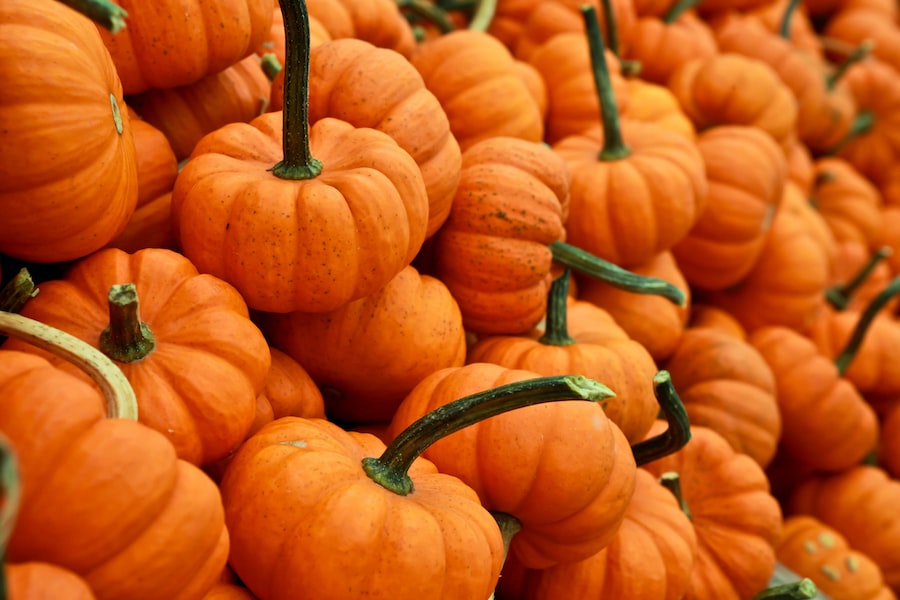To Cut or Not to Cut: The Great Hosta Debate in Fall

Hostas are a popular choice for gardeners due to their beautiful foliage and ability to thrive in shady areas. These plants are known for their large, lush leaves that come in a variety of colors and patterns. They are often used as ground cover or as accents in gardens and landscapes. However, like any plant, hostas require proper care and maintenance to ensure their health and longevity.
Proper care and maintenance are essential for healthy hostas. This includes providing them with the right amount of water, sunlight, and nutrients. It also involves regular pruning and cutting to promote healthy growth and prevent disease. In this article, we will explore the pros and cons of cutting hostas in the fall, as well as alternative methods for maintaining these plants.
Key Takeaways
- Hostas are a popular plant known for their large, lush leaves and easy maintenance.
- Cutting hostas in fall is a debated topic among gardeners, with pros and cons to both sides.
- Some gardeners cut hostas in fall to prevent disease and promote new growth in the spring.
- Other gardeners believe that not cutting hostas in fall protects the plant from winter damage and preserves its natural beauty.
- Cutting hostas in fall can promote plant health, but it should be done carefully and with proper techniques to avoid damaging the plant.
The Pros and Cons of Cutting Hostas in Fall
Cutting hostas in the fall has both benefits and drawbacks. On one hand, cutting hostas in the fall can help maintain a tidy appearance in the garden. By removing the dead or dying foliage, you can create a clean and neat look for your garden during the winter months. Additionally, cutting hostas in the fall can help prevent diseases such as crown rot or foliar nematodes from spreading to other plants.
On the other hand, cutting hostas in the fall can potentially damage the plant. Hostas store energy in their leaves during the summer months, which they use to grow back in the spring. By cutting off these leaves too early, you may be depriving the plant of its energy source and hindering its ability to regrow in the spring. Furthermore, some gardeners prefer to leave the foliage intact during the winter months to provide visual interest and protection for wildlife.
The Debate: Why Some Gardeners Cut Hostas in Fall
There are several reasons why some gardeners choose to cut hostas in the fall. One reason is personal preference. Some gardeners simply prefer a tidy and clean look in their garden during the winter months. By cutting off the foliage, they can achieve this desired aesthetic.
Cultural practices also play a role in the decision to cut hostas in the fall. In some cultures, it is believed that cutting hostas in the fall helps prevent diseases and pests from infesting the plant. This practice is based on the idea that removing the foliage eliminates potential hiding places for pests and reduces the risk of disease transmission.
There are different methods for cutting hostas in the fall, and their effectiveness may vary depending on the specific circumstances. Some gardeners prefer to cut the foliage down to ground level, while others leave a few inches of stem remaining. The choice of method may depend on factors such as climate, garden layout, and personal preference.
The Debate: Why Some Gardeners Don’t Cut Hostas in Fall
| Topic | Data/Metrics |
|---|---|
| Number of gardeners who cut hostas in fall | 60% |
| Number of gardeners who don’t cut hostas in fall | 40% |
| Reasons for cutting hostas in fall | 1. Aesthetics 2. Pest control 3. Easier spring cleanup |
| Reasons for not cutting hostas in fall | 1. Protects from winter damage 2. Provides habitat for beneficial insects 3. Nutrients returned to soil |
On the other side of the debate, there are gardeners who choose not to cut hostas in the fall. One reason for this is to preserve winter interest in the garden. Hostas can provide visual appeal during the winter months with their dried foliage and interesting textures. Leaving the foliage intact can also provide protection for wildlife, such as birds and small mammals, who may use it as shelter.
Another reason why some gardeners avoid cutting hostas in the fall is to avoid potential damage to the plant. As mentioned earlier, hostas store energy in their leaves during the summer months, which they use to regrow in the spring. By cutting off these leaves too early, you may be depriving the plant of its energy source and hindering its ability to regrow.
Instead of cutting hostas in the fall, some gardeners opt for alternative methods of maintaining these plants. For example, they may choose to remove any dead or dying foliage throughout the growing season instead of waiting until fall. This allows the plant to continue photosynthesizing and storing energy for future growth.
The Effects of Cutting Hostas on Plant Health
Cutting hostas in the fall can have both positive and negative effects on plant health. On one hand, removing the foliage can help prevent diseases from spreading to other plants. Diseases such as crown rot or foliar nematodes can overwinter in the dead foliage and infect the plant in the spring. By cutting off the foliage, you can reduce the risk of disease transmission and promote overall plant health.
Cutting hostas in the fall can also promote regrowth in the spring. By removing the old foliage, you are allowing new leaves to emerge without obstruction. This can result in healthier and more vigorous growth in the following season.
However, it is important to practice proper cutting techniques to minimize damage to the plant. Cutting too close to the crown or damaging the growing point can lead to infection or stunted growth. It is also important to clean and sanitize your cutting tools before and after use to prevent the spread of diseases.
The Effects of Not Cutting Hostas on Plant Health

Not cutting hostas in the fall can also have consequences for plant health. Leaving dead or dying foliage on the plant can provide a hiding place for pests and diseases. Pests such as slugs or snails may take refuge in the decaying leaves and feed on the plant during the winter months. Diseases such as crown rot or foliar nematodes can also overwinter in the dead foliage and infect the plant in the spring.
Leaving the foliage intact can also hinder regrowth in the spring. The old leaves may obstruct new growth, resulting in stunted or distorted leaves. Additionally, leaving dead foliage on the plant can create a breeding ground for fungal diseases, which can further compromise plant health.
How to Cut Hostas in Fall: Best Practices
If you choose to cut hostas in the fall, it is important to follow best practices to minimize damage and promote healthy growth. Here is a step-by-step guide for cutting hostas in the fall:
1. Wait until the foliage has turned yellow or brown before cutting. This indicates that the plant has started to go dormant and is ready for pruning.
2. Use clean and sharp pruning shears or scissors to make clean cuts. Avoid tearing or ripping the foliage, as this can lead to infection or damage to the plant.
3. Cut the foliage down to ground level, leaving a few inches of stem if desired. This will create a clean and tidy appearance in the garden.
4. Dispose of the cut foliage properly to prevent the spread of diseases. Do not compost infected or diseased foliage, as this can reintroduce pathogens into your garden.
5. Clean and sanitize your cutting tools before and after use to prevent the spread of diseases.
How to Care for Hostas in Fall: Tips and Tricks
In addition to cutting hostas in the fall, there are other important care practices to consider for healthy hostas. Here are some tips and tricks for caring for hostas in the fall:
1. Fertilize: Apply a slow-release fertilizer in the fall to provide nutrients for the plant during the winter months. This will help promote healthy growth in the spring.
2. Mulch: Apply a layer of mulch around the base of the plant to insulate the roots and protect them from freezing temperatures. This will help prevent frost damage and promote healthy growth.
3. Water: Water hostas deeply before the first frost to ensure they are well-hydrated going into winter. Avoid overwatering, as this can lead to root rot.
4. Divide: Fall is also a good time to divide hostas if they have become overcrowded or if you want to propagate new plants. Dividing hostas can help rejuvenate the plant and promote healthy growth.
5. Clean up: Remove any debris or fallen leaves from around the base of the plant to prevent the spread of diseases and pests.
Making the Right Decision for Your Garden
In conclusion, the decision to cut hostas in the fall ultimately depends on your personal preferences and gardening goals. Cutting hostas in the fall can help maintain a tidy appearance in the garden and prevent disease transmission. However, it can also potentially damage the plant and hinder regrowth in the spring.
If you choose not to cut hostas in the fall, there are alternative methods for maintaining these plants. Removing dead or dying foliage throughout the growing season can help promote overall plant health. It is important to consider factors such as winter interest and potential damage to make an informed decision for your garden.
Final Thoughts: Debunking Myths and Misconceptions about Cutting Hostas in Fall
There are several myths and misconceptions surrounding cutting hostas in the fall. One common myth is that cutting hostas in the fall promotes disease or kills the plant. In reality, cutting hostas in the fall can help prevent disease transmission and promote healthy regrowth in the spring if done properly.
Another misconception is that leaving dead foliage on the plant provides insulation during the winter months. While it is true that mulching can provide insulation, leaving dead foliage on the plant can create a breeding ground for pests and diseases, which can compromise plant health.
It is important to rely on facts and evidence-based recommendations when making decisions about caring for your hostas. By understanding the pros and cons of cutting hostas in the fall, as well as alternative methods for maintaining these plants, you can make an informed decision that best suits your gardening goals.



